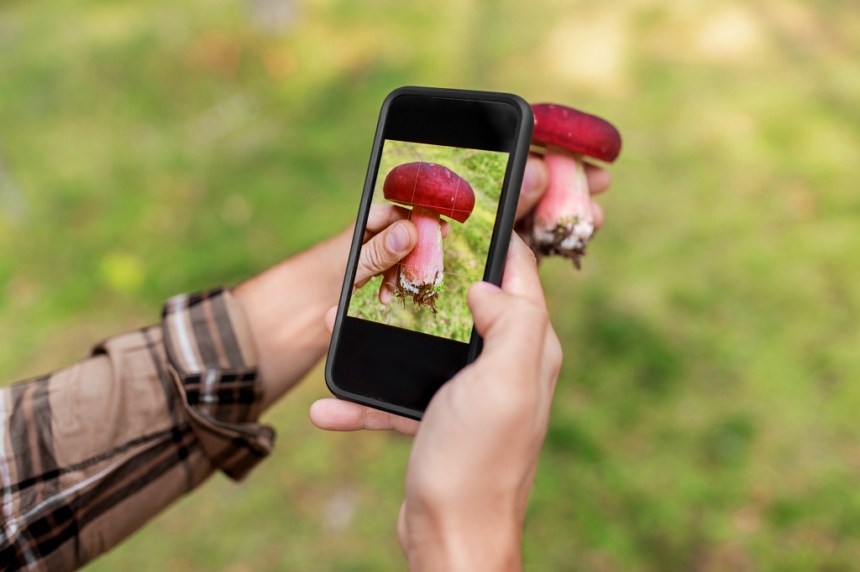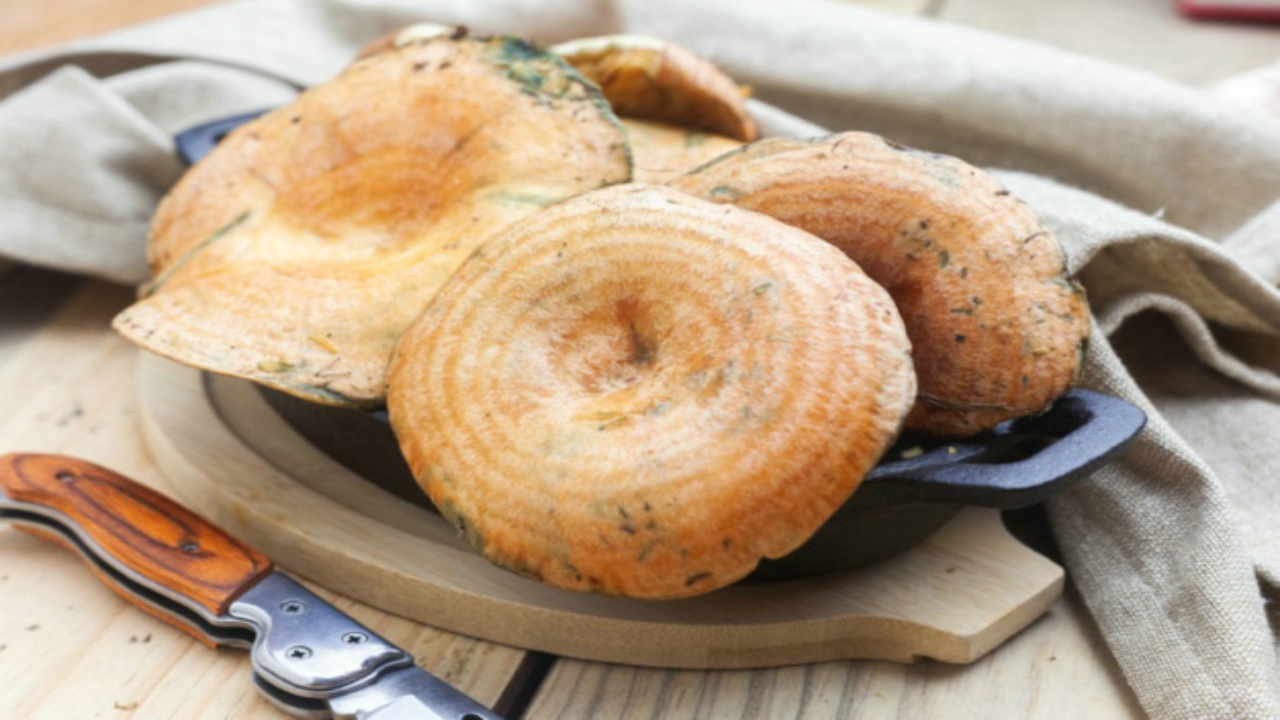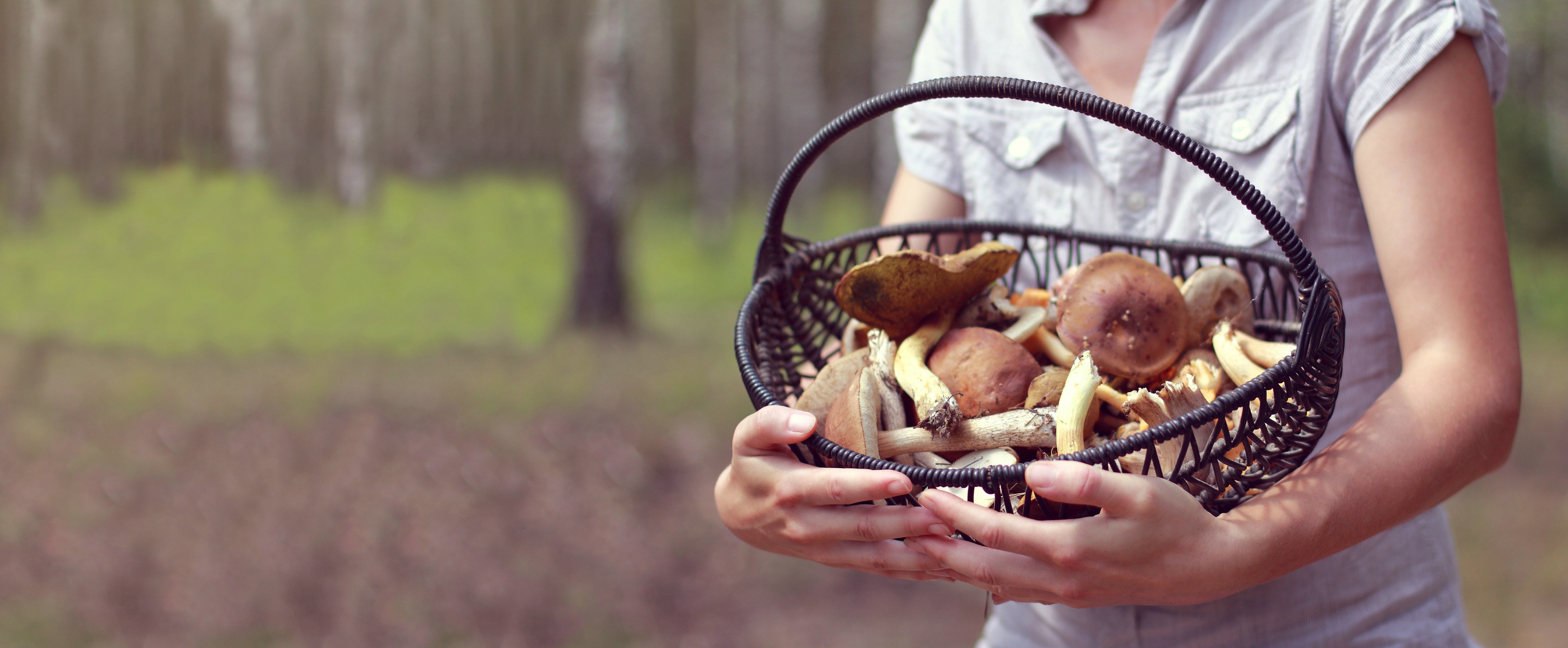Hunting for mushrooms can be a bit daunting if you’ve never done it before, but with a few simple and easy to remember tips you learn when the best time to forage is as well as some tips on ensuring a successful hunt.
Mushroom Hunting Tips: A Helpful Guide for Beginners
Preparation Before the Hunt
Going out on a whim to hunt for mushrooms can be a disappointing experience, so having a bit of preparation on your side can increase your chances of finding what you’re looking for.
– Know what you’re looking for: Most mushrooms are commonly found in the spring and summer seasons, though some can be found in fall, such as oyster, lion’s mane, and chicken of the woods. The availability of certain wild mushrooms may depend on your geographic location, so a mushroom field guide for your area will contain more specific information, such as the season you’re most likely to find them in as well as what environment they prefer to grow.
Tips: Home Page in Picture Mushroom-Mushrooms nearby you section-the list of recommended seasonal popular mushrooms. It may help you to discover mushrooms growing around your area.
– Practice Mushroom ID: Many mushrooms can look very similar to each other, with microscopic differences. Therefore it is essential that one does not consume mushrooms unless they are positively identified as safe for consumption.
Tips:using PictureMushroom scan the mushroom, you can get a lot of detailed information about the mushroom, in the middle of the page, you can find the section -how to identify it? It may be useful to you.
– Keep a Mushroom Journal: This mushroom journal can aid in identifying areas where positive results were found and give you an idea of what spots to go back to seasonally, especially if hunting for culinary wild mushrooms.
Tips:In “Your Collection” within Picture Mushroom-App, you can add personal notes, and take photos of mushrooms, thus helping you create your own personal mushroom diary.
– Join Mushroom hunting groups: Local mushroom foraging groups are often equipped with professional or experienced mycologists who can aid in identification and tips for finding the desired mushroom.
– Pay Attention to the Weather: You will likely not have much luck if foraging during a dry, hot spell during any season. Most mushroom hunting is best done after heavy rains and wet periods.
– Water: If you’re planning on being out in the field for a few hours, it is always good to be prepared with water to stay hydrated.

Mushroom Hunting Tools and How to Use Them
Some equipment is required to be an effective mushroom forager; fortunately, these tools are easy to come by and usually inexpensive.
- Mushroom Knife or Pocket Knife: These are used to make clean cuts to remove the mushroom from its substrate and can also be used to inspect the mushrooms for any parasites. If searching for mushrooms with below-ground “bulbs”, such as Amanita varieties, it is best to bring a small hand shovel or trowel to completely remove the mushroom without damaging the stem.
- A brush: This is used to remove dirt from the mushroom for inspection and to make it easier to clean and identify later.
- A basket: Preferably a woven basket so spores can be dispersed throughout your trek. Place your mushrooms in the basket as you collect them for easy transportation.

How to Pick Mushrooms
Some mushrooms require more in-depth analysis on what to look out for, such as specific types of trees or decaying wood, but these tips generally are useful for all types of mushrooms:
- If you’re looking for edible mushrooms, ensure a positive identification before removal. If unsure, take photos of the whole mushroom, including the gills, to get an identification at a later date.
- Look for healthy, intact mushrooms with minimal signs of decay. These are best for consumption if positively identified as edible, and are best stored for research and education when they are at their peak if picking non-culinary varieties. Avoid picking mushrooms with closed caps, as these are difficult to identify without being able to see their gills.
- Remove the mushroom using a clean blade about 1 inch below the cap so the mushroom can regenerate. Refrain from taking all of the mushrooms present in an area.
- If at a patch of mushrooms such as morels, cut into the cap of one or two and check for worms or other parasites: if they are riddled with these, they’re not worth the effort of taking home.

Safety Tips
- Never consume something that is not 100% positively identified and is safe for consumption.
- Ensure you are foraging in public lands; government lands may require permits, and private property should not be trespassed upon.
- Be careful if you are foraging after heavy rains when the earth is slick; Wear proper gear when anticipating being out for long periods of time.
Mushroom hunting should be an enjoyable experience out in nature, even if the results are fruitless. The more experience and exposure one has to different areas and habitats, the more likely it is to have a fruitful forage in the future.
Warning! Even though Picture Mushroom’s identification accuracy is extremely high, you should NOT consume any wild mushrooms without being identified as edible by an expert! Some wild mushrooms might be wrongly identified as consumable as they can look very similar to edible species. Please be advised, some mushrooms are extremely poisonous and harmful to humans and pets. Only consume mushrooms from an official source of supply like supermarkets or food stores.